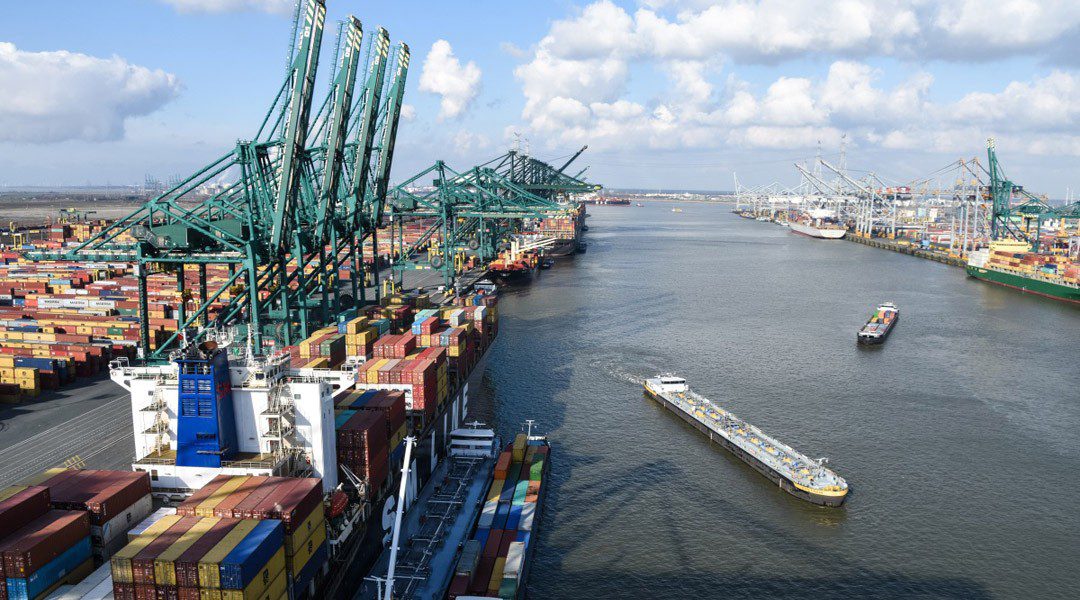Entry into government owned Major ports is very difficult for people
outside the shipping trade. Mumbai port which has been relegated to a second
position after the arrival of Jawaharlal Nehru Port (JNPT) has decided to open
its doors to people as an avenue to get funds.
People can also can have
firsthand knowledge of the rich Maritime heritage of the over One hundred year
old Port. In early 20 th century when civil aviation
industry had not taken off, the Mumbai port remained the window to the west as passenger
steamers moved from here to distant London.
The opening of the port to the public is timed next year to
commemorate the 150th year of its establishment. The port authority
is looking for a tour operator to undertake the movement of tourists within the
port without affecting the cargo handling operations according to local media
reports
The tour will include visits to the Port House, Custom House, Thackersey
House, War Memorial, Darabshaw House, Grand Hotel, Britannia & Company
Restaurant, Ballard Bunder GateHouse, / Indira Dockyard, Rim Bascule
Bridge, Hughes Dry Dockyard, Domestic
Cruise Terminal, Ballard Pier and Cross Island.
Among the list of heritage structures is Port House, a Grade-II
heritage structure which is nearly 131 years old and constructed in grey stone
in 1891. The well-known Custom House existed much before 1878. Considering the
increasing Trade Volume, in 1911, it was decided that a new custom house be
constructed and it was built next to the Port House.
The Heritage clock tower played
a crucial role, in the age of sailing. The
ships would set their Marine Chronometers by it. The Clock was a time
ball-signalling device that allowed offshore ships to accurately set their
clocks before heading out.
Mumbai Port was created on a
reclaimed 22 acres of land at Ballard Estate between 1914 and 1918, using material excavated from the Alexandra Docks for filling.
Ballard Estate was named after Colonel J. A. Ballard, founder of Mumbai Port
Trust, which constructed the port and Ballard Pier.






